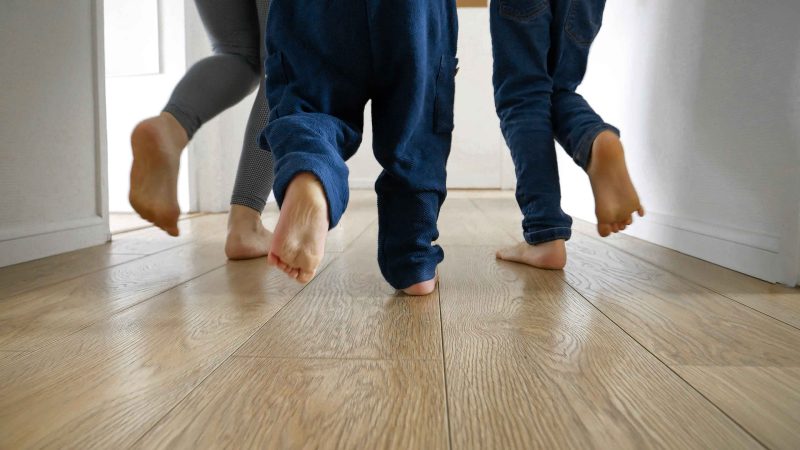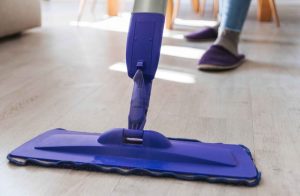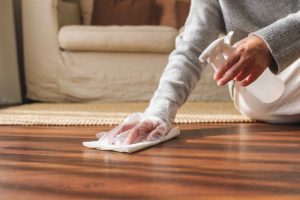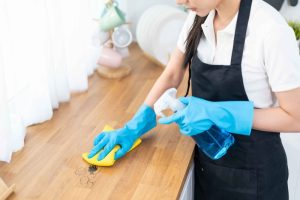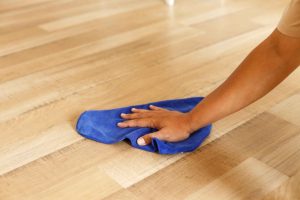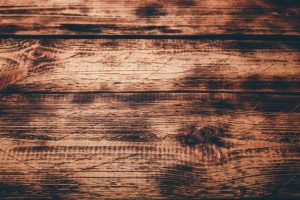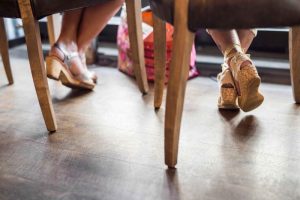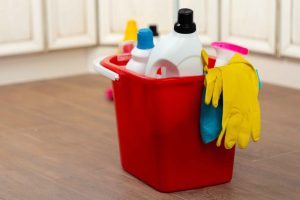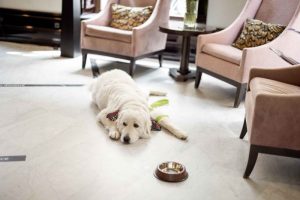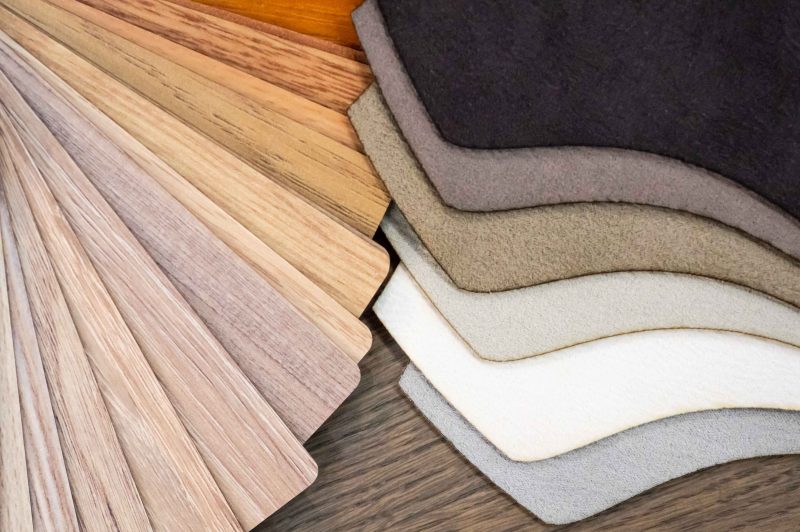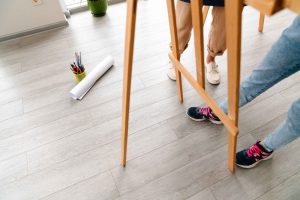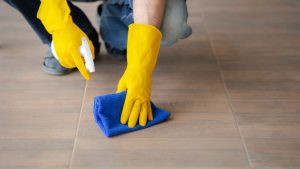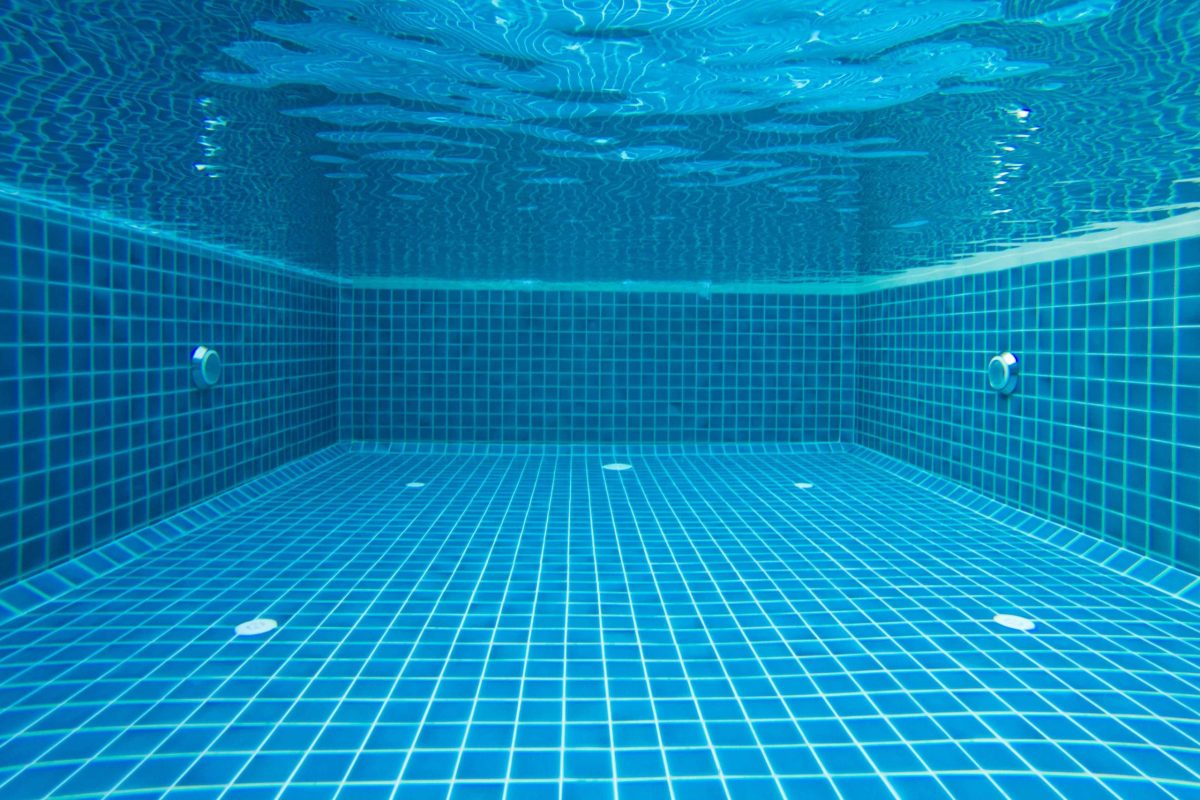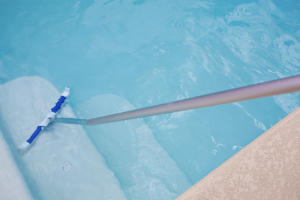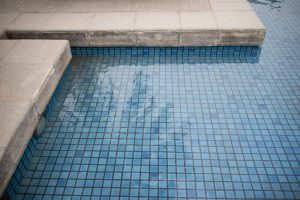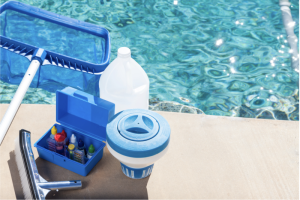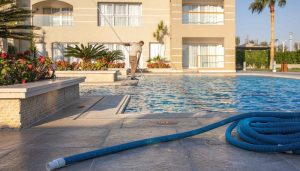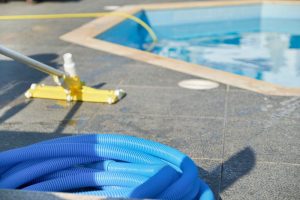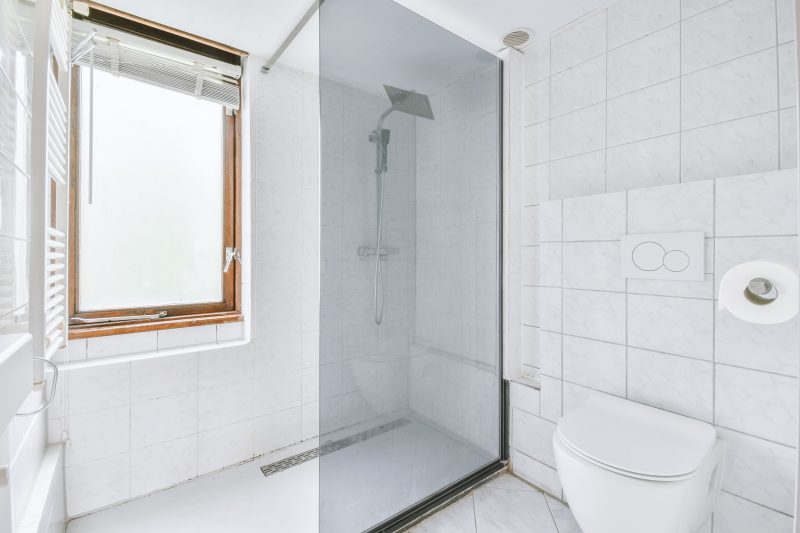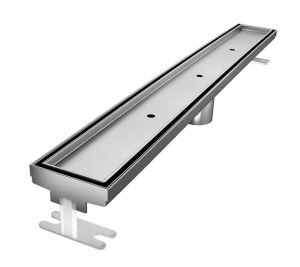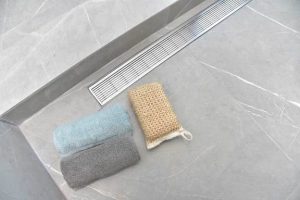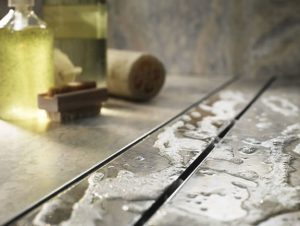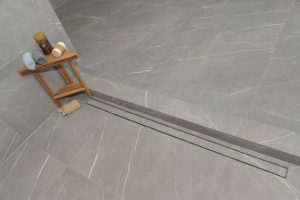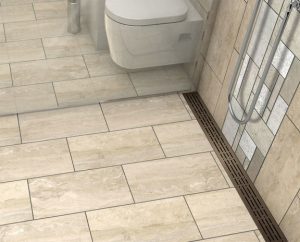Understanding the terminology used in the flooring industry is crucial when installing, maintaining, or renovating floors. This comprehensive glossary of flooring supplies terms is designed to help homeowners, contractors, and industry professionals navigate the complex language of flooring materials and tools. Whether selecting the right adhesive, exploring different underlayment options, or learning about the latest flooring trends, this guide will provide clear definitions to make your project smoother and more informed.
GLOSSARY
A
Abrasion Resistance: In flooring, abrasion resistance refers to the material’s ability to withstand wear, friction, and surface damage caused by foot traffic, furniture, and other daily activities.
Adhesion: The bond strength between the flooring material and substrate ensures that the floor stays securely attached and does not lift or peel over time.
African Teak: Also known as Iroko, African Teak is a durable hardwood used in flooring that is valued for its rich, golden brown colour and resistance to wear and moisture.
American Black Walnut: This premium hardwood, known for its deep, rich brown colour and exceptional strength and durability.
B
Bamboo Flooring: One of the most eco-friendly options on the market, bamboo flooring is compressed from bamboo grass, offering a stylish, more natural look to your flooring.
Baseboard: A trim or molding installed along the bottom of a wall, covering the joint between the floor and the wall.
Bevelled edge: A slightly angled or sloped edge on each plank, creating a subtle groove between planks that enhances the appearance of the floor and helps with expansion and contraction.
Bleached/white-washed floors: Wood floors that are treated with a chemical or natural process to lighten the wood’s colour, giving it a pale, washed-out appearance.
Bowed: The condition where a plank or board becomes warped or curved, typically due to changes in humidity or temperature, causing it to rise in the center and create an uneven surface.
Bridge Tile Saw: A type of tile-cutting tool with a motorized blade that moves along a fixed bridge, allowing for precise, straight cuts to ceramic, porcelain, or stone tiles.
C
Carpet: Soft, textile-based floor material made from woven fibers.
Carpet Pad: A cushioning material placed to provide extra comfort, support, sound insulation, and to extend the lifespan of the carpet by reducing wear and tear.
Carpet Tiles: Square or modular pieces of carpet that can be easily installed, replaced, or rearranged, offering a versatile and customizable flooring solution for both residential and commercial spaces.
Ceramic: Made from clay and other natural materials, ceramic is fired at high temperatures, making it ideal for kitchens, bathrooms, and other high-traffic areas.
Click-Lock Installation: A floating floor method where planks or tiles are interlocked using a tongue-and-groove mechanism, eliminating the need for glue, nails, or staples, and making the installation process quick and easy.
Concrete subfloor: A solid, flat base layer made of poured concrete, typically found in basements or ground-level areas, that serves as the foundation installing various types of flooring.
Copper penny tile: Small, circular tiles made of copper that are used for decorative accents or backsplash installations.
Crowning: A condition where the center or a hardwood plank rises higher than the edges, often caused by excessive moisture or improper installation, leading to an uneven surface.
Cupping: The warping of hardwood planks where the edges rise higher than the center, typical due to moisture imbalances or high humidity.
Curbless shower kits: Pre-fabricated shower systems that are designed without a traditional curb, allowing for a seamless transition between the shower floor and the surrounding bathroom floor, creating a modern and open shower design.
D
Delaminating: A separation or peeling of layers in multi-layered floor material, often caused by moisture, poor adhesive bonding or improper installation.
Distressed Floor: A flooring style intentionally aged or weathered to create a rustic, vintage appearance, often achieved through techniques like scraping, staining, or hand-finishing to give the wood a worn, textured look.
DPC (Damp Proof Course): A barrier installed in the subfloor to prevent moisture from rising through the floor and causing damage or mold growth.
DPM (Damp Proof Membrane): A moisture-resistant layer installed beneath the floor to prevent moisture from seeping up through the subfloor and damaging the floor material.
Durability: A material’s ability to withstand wear, impact, foot traffic, and environmental conditions over time without significant damage.
E
Eased edge: A slightly rounded or softened edge on each plank or tile, which helps prevent sharp corners and creates a smoother, more seamless transition between pieces.
Edge strip: An edge strip in flooring is a finishing or transition strip used to cover the edges of flooring materials, providing a neat, protective border and helping to create a smooth transition between different floor types or levels.
End joint: The connection point where the ends of two adjacent flooring planks or tiles meet, typically designed to fit together securely for a smooth, seamless appearance.
Engineered Hardwood: Flooring made from multiple layers of wood providing the appearance and durability of solid wood while offering better resistance to moisture and temperature fluctuations.
Engineered wood flooring: A multi-layered flooring product consisting of a hardwood veneer layer on top of a plywood core, offering the look of solid wood while being more resistant to moisture.
Epoxy Flooring: A durable, high-performance surface made by applying a resin-based coating over concrete, providing a smooth finish resistant to stains, chemicals, and heavy wear.
Expansion Gap: A small, intentional space left around the perimeter of a floor to allow for natural expansion of the flooring material due to changes in temperature.
Expansion Joint: A gap designed to accommodate the movement of the floor due to thermal expansion, helping prevent cracking or damage.
F
Feature Strip: A decorative inlay used to create visual interest, define boundaries, or add design elements between different flooring materials.
Filler: A material used to fill gaps, cracks, or imperfections in the surface of a floor, ensuring a smooth, even finish before installation or finishing.
Finish: The final protective coating applied to the surface of the floor to enhance its appearance and resistance to moisture and wear.
Flecks: Small, contrasting particles or specks of colour embedded within the material, which add texture and visual interest while helping to mask dirt and wear.
Floating floor: A type of flooring installation where the planks are not attached to the subfloor but instead interlock, allowing the floor to “float” over the surface of an underlayment.
Floating installation: A flooring method where the planks or tiles are connected to each other but not glued, nailed or stapled to the subfloor, allowing the floor to “float” freely over the surface with the help of an underlayment.
Floor joist subfloor: The structural framework of horizontal beams that support the subflooring material, providing a solid foundation for the finishing floor above.
Floor Trusses: Pre-fabricated, triangular-shaped support structures used in flooring systems to provide strength while allowing for easier installation of plumbing and electrical systems within the floor.
Floor wax: A protective coating applied to certain types of flooring to create a glossy finish, enhance durability, and provide a layer of protection against scratches and wear.
G
Glue down installation: A method of flooring installation where adhesive is applied directly to the subfloor, bonded securely to the surface.
Grain: The natural pattern and texture of the wood fibers affecting the overall aesthetic and visual appeal of the floor.
Grade level: The elevation of the floor relative to the ground, with “above grade” being floors located above ground level and “below grade” referring to floors below ground level.
H
Hand-Scraped: A technique where the surface of the wood is manually scraped or textured to create a distressed, rustic appearance with unique variations in texture and character.
Hard wax oil: A protective finish for wood flooring made from a blend of natural oils and waxes, offering a water-resistant surface that enhances the wood’s natural beauty while providing a matte sheen.
Hardwood: Made from solid wood and known for its durability, timeless aesthetic, and ability to be refinished multiple times to maintain its appearance.
Hardwood flooring: A premium flooring material made from solid wood planks, offering a natural, elegant look.
Heartwood: The dense, inner wood of a tree that is typically darker in colour and more durable than the outer layers.
Herringbone: A distinctive flooring pattern where rectangular planks are arranged in a V-shaped, zigzag formation, creating a stylish and dynamic visual effect.
High-Density Fiberboard (HDF): A composite material made from compressed wood fibers used as the core layer in engineered wood.
I
Impact Resistance: A material’s ability to withstand damage from heavy objects or forces, such as dropped items, without denting, cracking, or showing significant wear.
Insulation board: A type of material used beneath the floor surface to provide thermal insulation, soundproofing, and additional cushioning.
Insulation flooring: Flooring systems of materials designed to provide thermal and sound insulation, helping to maintain temperature control and reduce noise transmission within a building.
Insulation panel: A rigid, pre-formed board used beneath the floor surface to improve thermal and sound insulation, as well as enhance energy efficiency.
Island drain kit: A drainage system used in curbless or low-threshold shower installations, designed to direct water flow towards a central drain.
J
Janka Hardness Rating: A measurement used to determine the hardness of a wood species by testing the force required to embed a steel ball into wood, helping to assess its suitability for flooring.
Joist: A horizontal structural beam that supports the subfloor and provides stability to the floor system.
K
Kiln-dried: Wood that has been dried in a controlled environment to reduce its moisture content, preventing warping, shrinking, or mold growth.
Kirb perfect: A specific type of edge treatment designed to create a smooth transition between the floor and a rounded edge.
Knot: A naturally occurring imperfection in wood, where a branch grows, which can be either decorative or a flaw depending on the desired look and quality of the wood.
L
Lacquer: A clear, glossy finish applied to wood surfaces, providing protection and long-lasting shine.
Laminate Flooring: A synthetic, multi-layered flooring material made to resemble hardwood, stone, or other natural materials.
Linoleum: A sustainable flooring made from natural materials, offering durability and a variety of design options.
Load bearing: The ability of a floor structure to support weight without compromising the ability of the floor system.
M
Molding/Trim: A decorative piece of wood, plastic, or metal installed around the edges of a floor to cover expansion gaps and transition between different floor types.
Mineral streak: A natural variation or discolouration in woo often caused by minerals in the soil, adding character or aesthetic appeal.
Moisture Barrier: A protective layer installed underneath the flooring to prevent moisture from seeping up the subfloor and causing damage.
Moisture Content: The amount of water present within a flooring material can affect its stability and is critical for proper installation.
Mortar: A strong, cement-based adhesive used to bond tiles, such as ceramic or stone, providing a durable and stable foundation for the flooring.
Mosaic parquet: A style of parquet flooring made from small, pre-cut wooden pieces arranged in intricate, geometric patterns, offering a high-end look.
N
Nail-down installation: A method where hardwood planks are secured to the subfloor using nails or staples, typically used for solid hardwood floors to create a durable, long-lasting bond.
Nosing: A rounded or beveled edge of a stair tread or the edge of a floor.
O
Open grain: A wood texture where the pores or gaps in the grain are more pronounced.
Oriented Strand Board (OSB): An engineered wood product made from compressed wood strands bonded with resin.
Overlay: A thin layer of material applied over an existing surface to improve the appearance without the need for a complete replacement.
Overlap Reducer: A transition strip used to smoothly transition between two floors of different heights.
P
Padding: A layer of cushioning material that’s placed beneath carpets or other floor coverings to provide comfort and insulation.
Parquet Flooring: A type of wood flooring made from small, geometric pieces in intricate patterns.
Planks: Long, rectangular pieces of wood used for hardwood and installed side by side to cover a large surface area.
Plywood: An engineered wood product made from layers of thin wood veneer glued together.
Ply/Plies: Individuals layers of wood veneer or other materials that make up a multi-layered product, contributing to its strength and stability.
Polyurethane: A type of synthetic finish applied to wood surfaces, offering a protective coating that enhances the appearance.
Prefinished: Flooring that has been sanded, stained, and boated with a finish in a factory before installation.
Prime engineered wood: The highest grade of engineered wood, characterized by minimal defects, consistent colour, and a smooth surface.
Pin Holes: Small, round indentations in wood or other flooring materials that are caused by natural wood characteristics.
Polyvinyl Acetate (PVA): A type of adhesive used for bonding materials like vinyl, laminate, and hardwood flooring.
Q
Quadrant (piece of timber): A small, curved piece of timber, often used for decorative edging or time.
Quarter Round: A molding profile with a 90-degree angle and a rounded edge, commonly used along baseboards or where the floor meets the wall.
Quarter sawn: A method of cutting wood where the log is split into quarters and then sawn, resulting in a distinctive grain pattern.
R
Raised grain: A surface texture on wood where the fibers expand due to moisture exposure.
Reclaimed (timber wood): Wood salvaged from old buildings, barns, or other structures.
Rustic grade: A surface texture on wood where the fibers expand due to moisture exposure, creating a rough feel.
Rustic wood: Wood that has a weathered, natural, or aged appearance.
S
Sealer: A protective coating applied to flooring, often before finishing, to prevent moisture penetration and enhance the durability of the surface.
Seam Sealer: A material used to fill and seal the seams between floorboards.
Semi-solid floors: Flooring made from multiple layers of wood, offering stability and a solid wood surface layer, but less dense than fully wood flooring.
Solid engineered (semi solid): A type of engineered flooring with a solid hardwood surface layer and a multi-layer core structure.
Solid wood flooring: Flooring made from a single, solid piece of wood, offering the ability to be sanded and refinished multiple times.
Stair Nosing: The edge trim or molding applied to the front of stair treads, providing a finished look and added safety.
Strip: Narrow, rectangular wood pieces used in flooring.
Strip flooring: A type of wood flooring composed of narrow, tongue-and-groove planks.
Square edge (parquet blocks): A type of parquet flooring where the edges of each block are straight and square, creating a more uniform look.
Sub-Floor: The structural layer beneath the finished floor, providing support and stability for the top flooring layer.
Stain Resistant: Flooring treated to resist staining from spills, dirty, and other other substances.
T
Tapping Block: A tool used during flooring installation to tap planks or tiles into place.
Teak: A durable, moisture-resistant hardwood.
Tack Strip: A narrow strip of wood with sharp tacks used to secure carpet in place.
Transition Strip: A trim piece used to bridge the gap between two different types of flooring or floorheights.
Tile Flooring: Flooring made from ceramic, porcelain, stone, or other materials in square or rectangular shapes.
Tongue and Groove: A method of joining flooring planks, where one edge has a “tongue” that fits into a “groove” in the adjacent piece.
Threshold: A transition piece that sits at the doorway and is used to cover the gap between two rooms.
Texture: The surface quality of flooring, which impacts both appearance and durability.
U
Underlayment Pad: A layer of material placed beneath flooring to provide cushioning.
Unfinished: Flooring that has not been sanded, stained, or finished before installation.
Urethane: A type of synthetic resin used in finishes for wood flooring, offering a durable surface.
UV-cured polyurethane: A finish for wood floors that is cured using ultraviolet light.
Utile: A type of wood used for flooring, particularly in Africa.
V
Vapour barrier: A material used to prevent moisture from rising from the subfloor into the flooring.
V-joint: A joint where the edges of floorboards are beveled to form a “V” shape.
Varnish: A clear, glossy finish used on wood flooring to enhance its natural colour.
Veneer: A thin layer of real wood or other material bonded to a substrate, such as in engineered wood or laminate flooring, providing the appearance of solid wood.
VOCs (Volatile Organic Compounds): Chemicals emitted from certain flooring materials, finishes, or adhesives, which can contribute to air pollution and health issues, often minimized in eco-friendly flooring.
W
Wear Layer: The topmost layer of flooring that provides protection against scratches, stains, and wear over time.
Wax: A finish applied to food flooring that provides a soft, natural sheen and added protection.
Warping: The distortion or bending of flooring due to moisture, humidity, or temperature changes, leading to uneven surfaces or gaps.
Wide-board: Flooring made from planks that are wider than typical boars, offering a more expansive look.
Wirebrush: A technique used to texture the surface of wood flooring, creating a distressed or aged look by brushing away soft wood fibers.
Wood species: The type of wood used for flooring, such as oak, maple, or walnut.
Wood stain: A liquid applied to wood flooring to alter its colour while highlighting the natural grain.
X
X-Acto Knife: A precision cutting tool used in flooring installation for trimming or cutting carpet and vinyl.
Xylem: The tissue in wood that conducts water and nutrients.
Y
Yard Lumber: Wood that is cut to standard sizes and used for framing or structural purposes.
Yarder Wood: Wood harvested using a “yarder”, which is a type of logging equipment, and is often used for structural purposes in flooring or construction.
Z
Zero Clearance Insert: A component used in saws or cutters, providing a tight, secure fit for cutting materials with minimal clearance.
Zoning Laws: Local regulations or restrictions that govern the types of flooring materials or installation methods permitted in certain areas based on safety, environmental, or aesthetic concerns.

